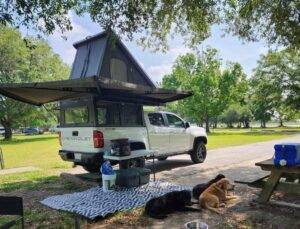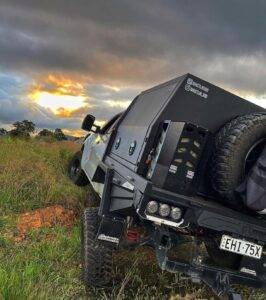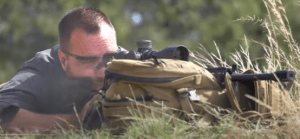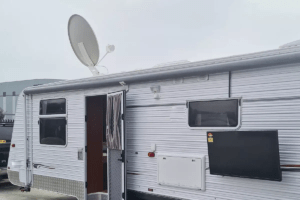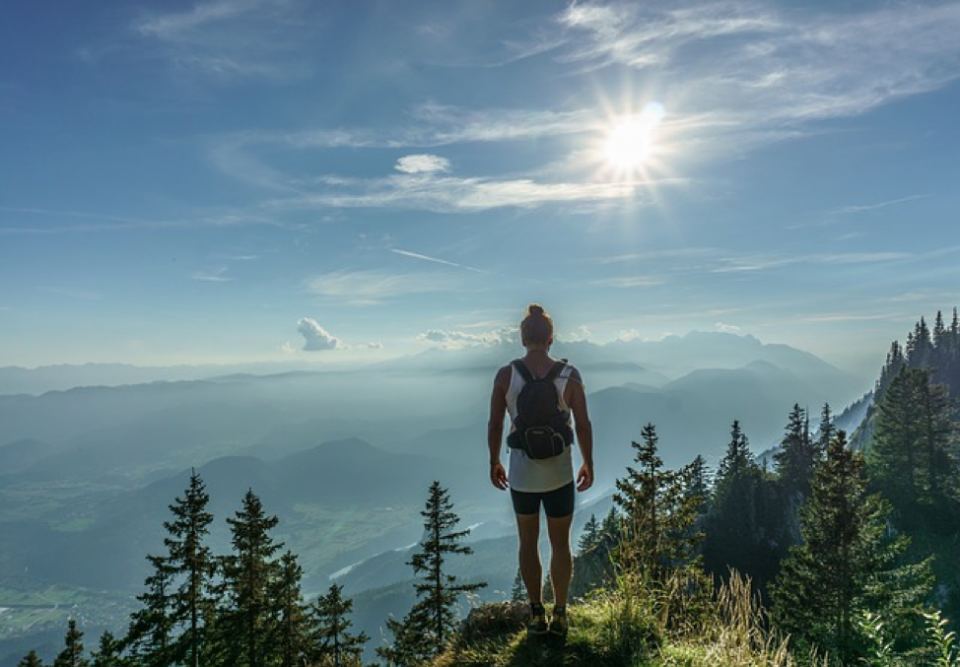
Multi-day hikes are much more intensive than simple day-hikes.
You will need to train for it and have appropriate gear and supplies.
To help you get strated, here are our top training tips for your next hike!
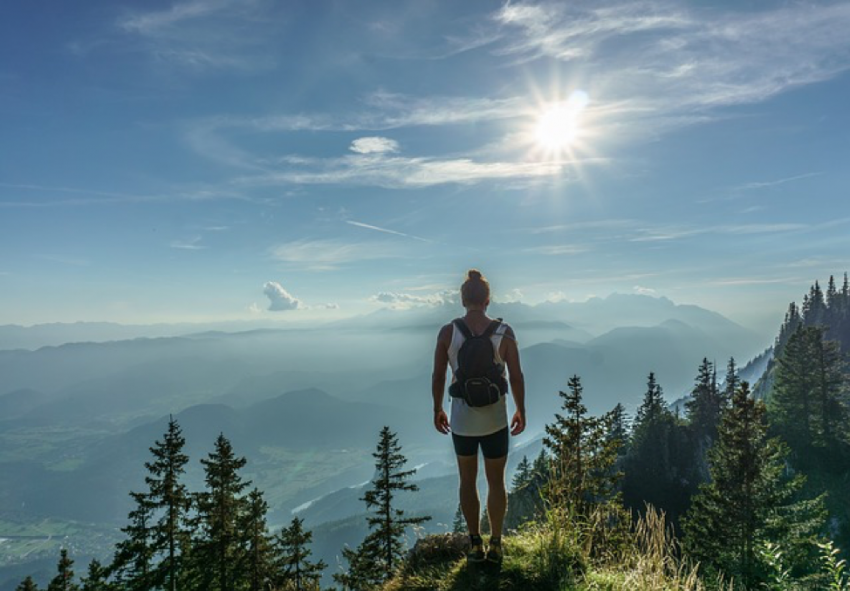
Best Training For Your Hike
Make sure you do some, if not all, of following excerises below for at least 9 weeks leading up to your hike.
You need to build key muscles as well as your endurance, especially if you’ve never done a multi-day hike before.
Walk or run in sand: This helps to builds muscles in your knees and ankles.
Work on range of motion: Use a resistance band (or balance on a tennis ball) to strengthen your muscles through their full extension.
Core strengthening: Crunches are the most common core strengthening exercises. Core strengthening ensures you will be able to balance on uneven surfaces (most hikes are not easy trails).
Squats and lunges: This also strengthens core muscles, as well glutes and thighs. Necessary for those mountain treks and hands-on trails.
Push-ups: You will need the upper body strength for trekking, especially for multi-day hikes, where you’ll be carrying your heavy supplies in a backpack.
Cardio: This is an obvious one. You need the stamina, endurance and lung capacity for multi-day trekking. You can train on a treadmill or with day hikes. Just be sure to get your heart rate up and those lungs working more.
Step-ups: This is excellent prep for your multi-day hike. Weight your backpack and step up onto a park bench (you could do this at the gym too). Add a little more weight each week, until your pack weighs what it will on your trek. You need to prepare yourself to carry that heavy backpack for multiple days.
Basic 9-Week Training Program Looks Like
Keep the above list of exercises in mind when developing your training program.
- Weeks 1-3: Strength training. This includes building your core muscles, upper muscles, glutes and thighs. This should be done at least 3 times a week.
- Weeks 4-6: Now you can add in one cardio workout every week. About 45 minutes of moderate intensity. This is to build your endurance and increase lung capacity. You can do this by hiking, jogging or using a treadmill.
- Weeks 7-9: Now it’s time to increase the intensity of your weekly cardio workout. You’ll need to up it to 1.5 to 2 hours and add in 1 day of high-intensity exercise (speed hiking is a good example). Remember, you’re building endurance, so you need to get your heart rate up and lungs working at full capacity.
Keep in mind that you don’t neglect your strength training while the endurance exercises increase. You need both for multi-day trekking.
Consider Using Trekking Poles
Poles are great way to keep your balance on those tricky trails. Many multi-day hikes will involve at least some rough terrain.
Trekking poles lessen the pressure on your joints, allowing you to enjoy your hike to the fullest.
Those downhill sections of a trek are hard on the knee joints; trekking poles will help ease the strain.
Trekking poles are especially great for those who have joint problems.
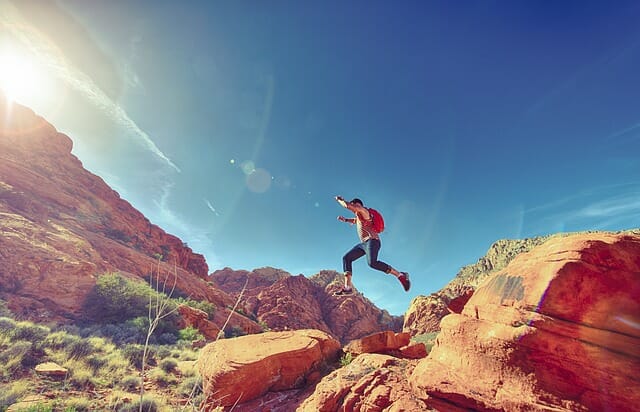
Final Multi-day Hiking Considerations
You need a good pair of hiking boots. It’s also best if you do all your training in these boots to ensure that they won’t give you unnecessary blisters during your long hike.
Make a list of the gear you need, and triple check that you have everything. You don’t want to be a full day into your trek and then realise that you didn’t bring a first-aid kit or high-altitude gear.
Know the signs of altitude sickness and how to prevent them from getting worse. Yes, allowing your body time to acclimate is extremely important.
If you’re unfamiliar with the area, hike with someone who has experience with the route. Alternatively, do thorough planning and make sure you have a map, compass and GPS with you. A satellite phone might also come in handy in case of emergencies.
Hiking alone is not recommended if you’re unfamiliar with the route.
Lastly, make sure that at least one trusted person knows your route and the maximum time it will take you to finish the trek. This is a safety precaution as accidents do happen.
Article Written By; Mark Whitman

